Uxmal, Tikal and Palenque are archeological sites dating back to the heights of the Maya civilization in central America between 2,000 BC and the sixteenth century AD. The three cities began to grow in the first century AD, serving as seats of political, administrative and religious power. Tikal is located in today’s Guatemala, occupying roughly 16 square km in the middle of the Petén forest. It was the largest Mayan city between the third and ninth centuries AD. Tikal’s large central plaza or square, multi-storied official buildings and numerous stone sculptures, known as “tree-stones,” depicting Mayan kings and their exploits, all remain visible today. There are also six stepped, pyramid-shaped temples. The tallest one, known as Temple IV, rises nearly 70 meters high at its peak. Palenque dates back to the fourth century AD. It is located in the southern Mexican state of Chiapas and spreads across 15 square kilometers. There are three key temples inside [Group of the Cross] that have been dated back to the seventh century.
A fourth temple, known as the Temple of the Inscriptions, contains three stone tablets covered by hieroglyphic inscriptions that tell the story of the city’s royal dynasty. The site is known above all for the quality of the stucco bas-reliefs decorating its buildings. Uxmal is on the Yucatán Peninsula, also in Mexico, and is full of monuments. The city reached its golden age around the tenth century AD. The Adivino Pyramid, dubbed the Magician’s Pyramid, was completed at this time. It is an oval-shaped building, around 30 meters high, and probably served as headquarters for the priestly class. Nearby is the Governor’s Palace, a residence for the city’s political chief. It is 98 meters long, 12 meters wide and eight meters high, decorated on all sides with a rich array of abstract, geometrical motifs. These cities appear to have been abandoned around the end of the first millennium, probably due to conflicts with neighboring populations or perhaps due to ecological changes. They were discovered amid dense jungle foliage only in the 1800s. Archeological excavation and research began in the twentieth century. The cities represented the pinnacle of public life for the Maya culture. People regularly gathered around the temples, which were used to stage animal and human sacrifices designed to curry favor from the gods and provide bountiful harvests. All of the cities also housed designated I-shaped courts for pelota, a ball game conceived as a battle between light and darkness. Some scholars claim ritual decapitations were part of the post-game activities.
A fourth temple, known as the Temple of the Inscriptions, contains three stone tablets covered by hieroglyphic inscriptions that tell the story of the city’s royal dynasty. The site is known above all for the quality of the stucco bas-reliefs decorating its buildings. Uxmal is on the Yucatán Peninsula, also in Mexico, and is full of monuments. The city reached its golden age around the tenth century AD. The Adivino Pyramid, dubbed the Magician’s Pyramid, was completed at this time. It is an oval-shaped building, around 30 meters high, and probably served as headquarters for the priestly class. Nearby is the Governor’s Palace, a residence for the city’s political chief. It is 98 meters long, 12 meters wide and eight meters high, decorated on all sides with a rich array of abstract, geometrical motifs. These cities appear to have been abandoned around the end of the first millennium, probably due to conflicts with neighboring populations or perhaps due to ecological changes. They were discovered amid dense jungle foliage only in the 1800s. Archeological excavation and research began in the twentieth century. The cities represented the pinnacle of public life for the Maya culture. People regularly gathered around the temples, which were used to stage animal and human sacrifices designed to curry favor from the gods and provide bountiful harvests. All of the cities also housed designated I-shaped courts for pelota, a ball game conceived as a battle between light and darkness. Some scholars claim ritual decapitations were part of the post-game activities.
RELATED
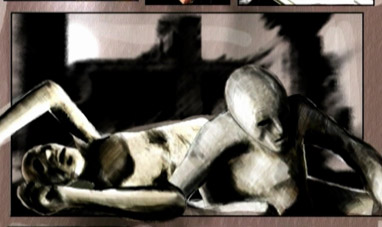

THE DESTRUCTION OF POMPEI


CHOCOLATE SALAMI
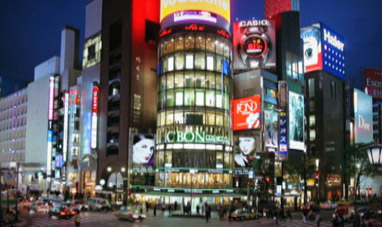

TOKYO


ARAB CUISINE


COCONUT DELIGHTS


CHINESE CUISINE
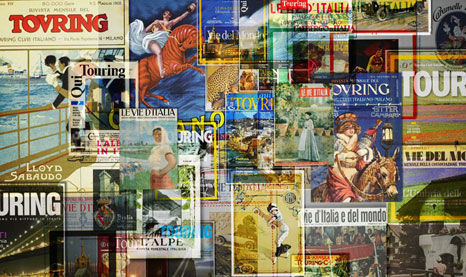

ITALIAN TOURING CLUB
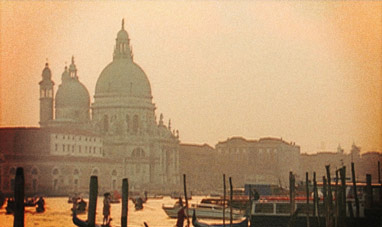

VENICE


DUBAI


SCALOPPINE IN WHITE WINE SAUCE


MADRID


SEPPIOLINE WITH PEAS


GREEK CUISINE
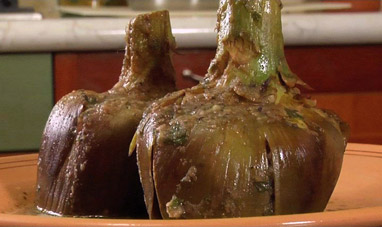

ROMAN-STYLE ARTICHOKES


VODKA
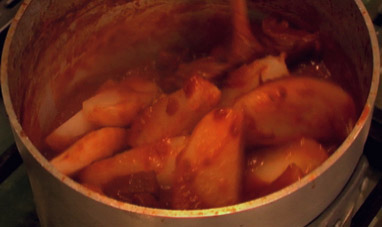

GOULASH


SHANGHAI


MAYAN HOROSCOPE, THE


RATATOUILLE
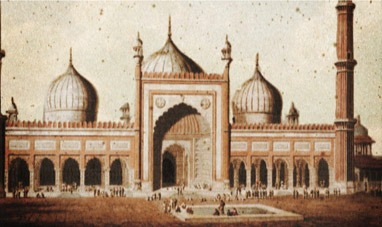

NEW DELHI
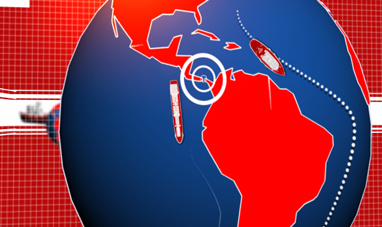

THE PANAMA CANAL
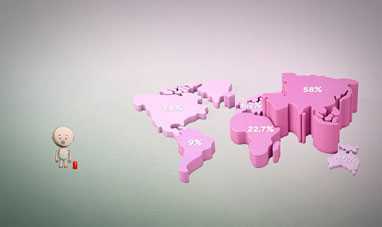

HOW LONG DO WE LIVE?


CARIBBEAN CUISINE
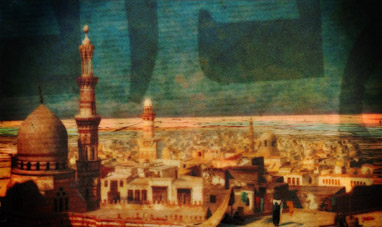

BAGHDAD


JAPANESE CUISINE


BAVARIAN CUISINE


THE ACROPOLIS IN ATHENS
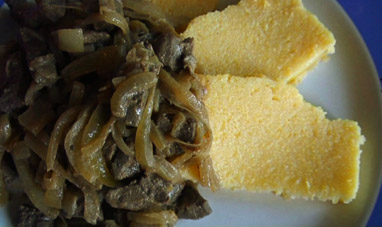

LIVER ALLA VENEZIANA


AMSTERDAM
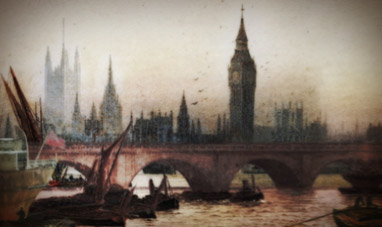

LONDON


PASTA CACIO E PEPE


TUTANKHAMEN


MOSCARDINI WITH PEAS


EGYPTIAN CUISINE


KOREAN CUISINE
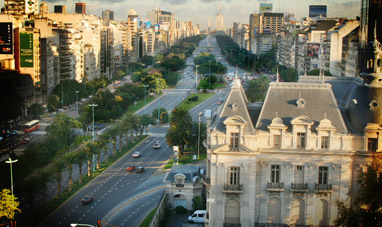

BUENOS AIRES
